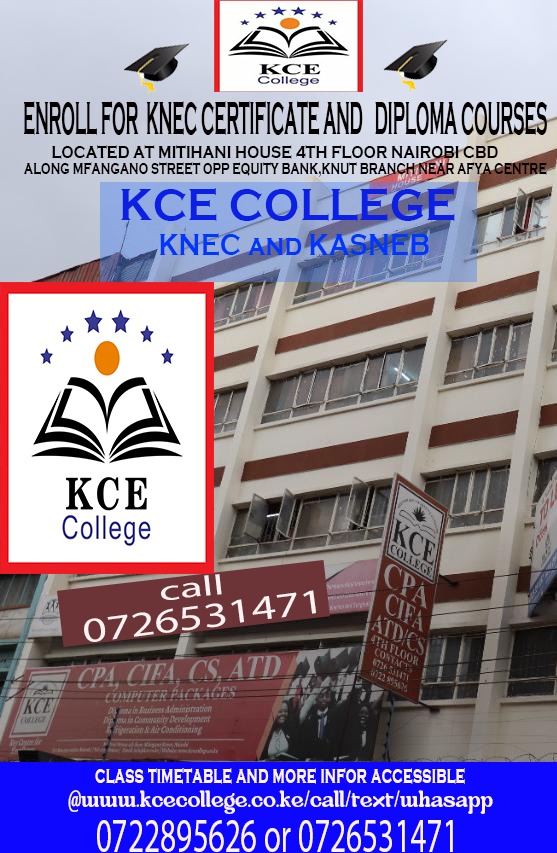Resource Mobilization, Fundraising and Project Management June/July 2017 – Past Examination Question Paper
This Past Paper examination was examined by the Kenya National Examination Council (KNEC) and it applies to the following courses:
Note: To easily navigate through the KNEC Past Examination Paper Pdf below, Mobile phone users are advised to use Mozilla or Chrome browsers
THE KENYA NATIONAL EXAMINATIONS COUNCIL
DIPLOMA IN SOCIAL WORK AND COMMUNITY DEVELOPMENT
MODULE II
RESOURCE MOBILIZATION, FUNDRAISING AND PROJECT MANAGEMENT
3 hours
SECTION A: RESOURCE MOBILIZATION AND FUNDRAISING
Answer at least TWO questions from this section.
1. a) Explain five steps in resource mobilization cycle. (10 marks)
b) Highlight five reasons that necessitate donors to donate in the fundraising process. (10 marks)
2. a) Most organizations in Kenya in their endeavor to mobilize resources for their projects and programmes have established “resource mobilization offices”. Explain five roles of a resource mobilization office. (10 marks)
b) Explain the meaning of the following terms:
(i) fundraising plan;
(ii) fundraising;
(iii) resource mobilization;
(iv) local resources;
(v) financial resources.
3. a) Explain six sources of financial resources essential in human ventures.
b) Explain four benefits of resource mobilization for organizations.
4. a) Explain six factors to consider when writing a fundraising proposal.
b) Explain four benefits of fundraising for organizations.
SECTION B: PROJECT MANAGEMENT
Answer at least TWO questions from this section.
5. a) A project brief is one of the essential documents required to define a project effectively. Describe six sections of a project brief document. (12 marks)
b) Explain four types of conflicts that may arise when executing project work. (8 marks)
6. (a) Describe five factors that feasibility studies should take into account during project planning. (10 marks)
(b) Explain five cost components of a project normally identified during project planning. (10 marks)
7. (a) Describe the following elements of a good project proposal:
(i) project title; (2 marks)
(ii) background; (2 marks)
(iii) statement of the problem; (2 marks)
(iv) justification; (2 marks)
(v) objectives of the project; (2 marks)
(vi) expected impact. (2 marks)
(b) Identify four characteristics of participatory joint evaluation. (8 marks)
8. (a) (i) Explain the meaning of the term ‘project evaluation’. (2 marks)
(ii) Describe four common ways to monitor project progress. (8 marks)
(b) Explain five strategies that are necessary to bring about administrative improvement during project implementation. (10 marks)
